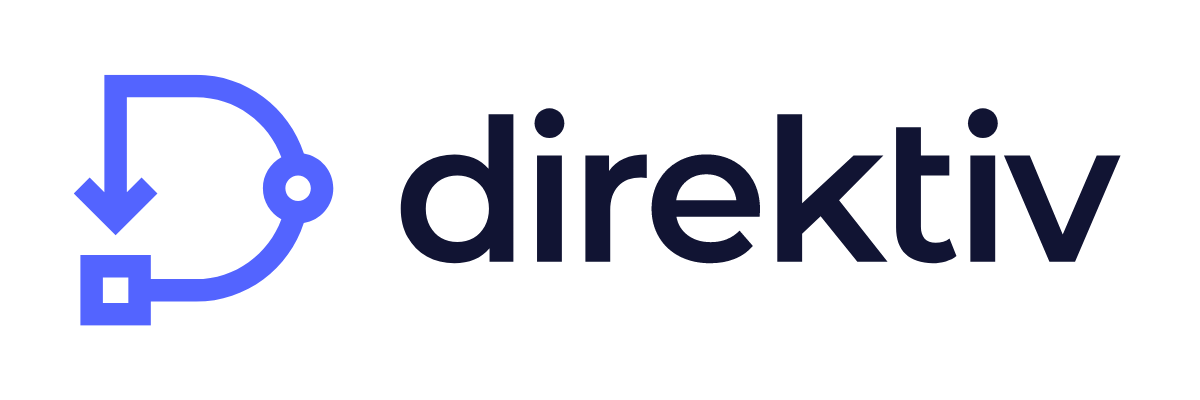The 4 Use Cases of an Event-Driven Serverless Workflow Engine

Experts forecast the serverless architecture market to grow from 7.6 billion USD in 2020 to 21.1 billion USD by 2025. Are we surprised? 🤨 Not at all. Serverless architecture yields many benefits for IT engineers and developers—one of them being the ability to build automated event-driven workflows. These workflows trigger tasks in response to real-time events automatically. And despite how challenging it may sound to build, an event-driven serverless workflow engine makes the building and maintenance of these workflows quick and easy.
With an event-driven serverless workflow engine, engineers can:
- Reduce the risk of digital transformation by being platform-agnostic
- Increase the speed of transformation by running all plugins and extensions as containers
- Minimize the cost of transformation without needing to re-tool, re-skill or process re-engineer
Pretty cool, huh? 😎 In this article, we’re jumping into the top 4 use cases of an event-driven serverless workflow engine. Cannonball!
(Source: Giphy)
IT Operations Orchestration Made Simple with an Event-Driven Serverless Workflow Engine
IT operations orchestration is the process of connecting and centralizing the execution of IT infrastructure batch jobs and/or scheduled maintenance policies (or converting them to event-driven responses). This process is made even simpler with an event-driven serverless workflow engine. That’s because with the right technology, you can automate routine administrative IT tasks, including:
- IT operations maintenance (think password rotation)
- Incident resolution and error-handling
- Provisioning data and resources, making data easily accessible to users and systems
What does all of this really mean for IT engineers? Event-driven serverless workflow engines can automate IT operations orchestration to reduce costs and improve the overall quality of service. Even Dell Technologies handles IT operations orchestration with the serverless workflow engine, Direktiv. With the help of Direktiv’s software, Dell Technologies was able to leverage perl scripts created back in 2007 (yes, way back then when the first iPhone was debuted!) to automate storage provisioning in 2021. The result? An increase in time to value and code portability. 🔥
Augmented Infrastructure Orchestration for the Win
RedHat defines infrastructure orchestration as “the automated configuration, management, and coordination of computer systems, applications, and services.” Sounds great on its own, right? Well, with an event-driven serverless workflow engine, infrastructure orchestration is even better. 🤩 Let us tell you a story detailing how one organization saved an estimated 1.3 FTEs by using Direktiv as an event-driven serverless workflow engine.
(Source: Giphy)
As one of our customer’s IT environment grew, their IT operations and infrastructure automation practices became increasingly complex. This rapid growth and complexity led to needing more than 5 teams across the business supporting all platforms. This impacted the resources available to automation teams, increased costs, and led to the inability to expand. However, once the customer began using Direktiv’s event-driven serverless workflow engine, they were able to spin up Ansible and Terraform environments on demand as provisioning or infrastructure automation was required. They were also able to advance application testing, and custom container integrations were added to the orchestrated workflows.
The result? They got each deployment down to just 45 minutes and are now able to re-use previously created IT infrastructure automation scripts and playbooks. 😎
➡️ Check out the complete case study here.
Advanced IT Security Orchestration to Protect Your Systems Around the Clock
Cybercriminals don’t typically work a 9-5. So what happens when your security team has left the office for the day? You need a security solution that protects your systems 24/7 automatically. An event-driven serverless workflow engine can provide you with that capability.
Orchestrating security tools and systems enables you to collate dozens of disparate cybersecurity tools to better prevent, detect, and remediate threats for around the clock protection. This enhanced security operation requires:
- The automation of tasks like detecting and addressing threats
- Notifying the right person with only the most important alerts
- An event-driven workflow that reacts to events within the environment
All the above is possible with the right tech. Using an event-driven serverless workflow engine enables engineers to connect security tools and integrate diverse security systems. For instance, with Direktiv, as the state changes within your environment, Direktiv adjusts and executes accordingly. That’s the power of a serverless workflow engine. 💪
Enhanced Event-Driven System Scaling Enables Your Applications to Grow Exponentially
Due to event-driven architecture’s scalability and responsiveness, using a serverless workflow engine can provide highly responsive reactions to applications. This enables engineers to access data in real-time to fuel fast and effective decision-making. Here’s a brief breakdown of how this works:
When there is a new event, the serverless workflow engine automatically begins to increase capacity, leveraging the power of Kubernetes and Knative. This ensures that resources for the execution of the workflow and the subsequent integrations and containers are always available on demand.
A telecommunications company recently used Direktiv to replace contract management flows and scale internal systems based on event signaling. This resulted in enterprise ready, event-driven innovation, and enhanced code portability.
(Source: Giphy)
Final Thoughts
It’s clear that an event-driven serverless workflow engine is key to increasing agility, flexibility, and IT engineer productivity. With Direktiv, building workflows for each use case above is easier than ever. Leverage our pre-built containers to accelerate your workflow builds and integrations or rapidly build new containers from existing components. The choice is yours! Either way, to get a head start on driving efficiencies to accelerate your development process in 2023, it’s time to implement event-driven serverless workflows now. Direktiv can help.
To dive deeper into event-driven architecture, check out our blog, 3 Challenges of Building Event-Driven Architecture & How to Overcome Them.

.png)

